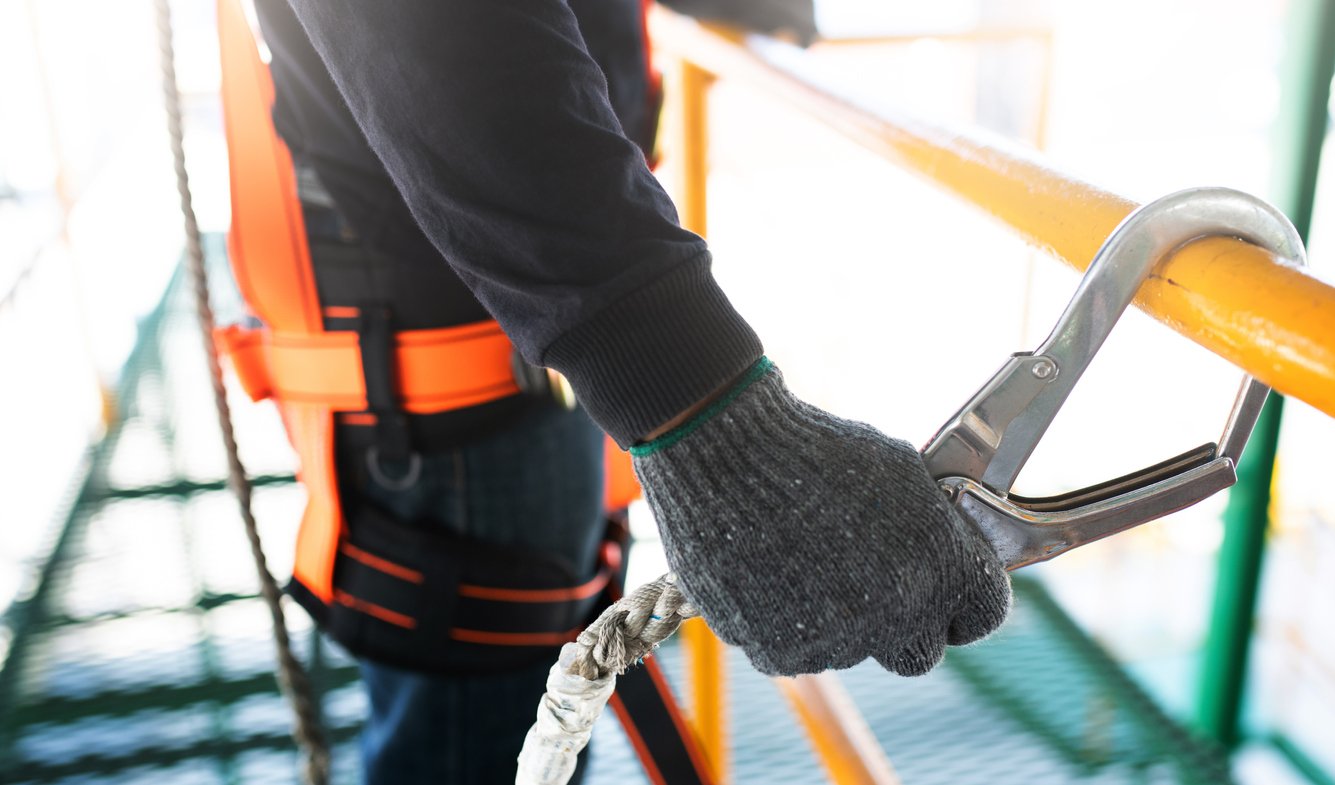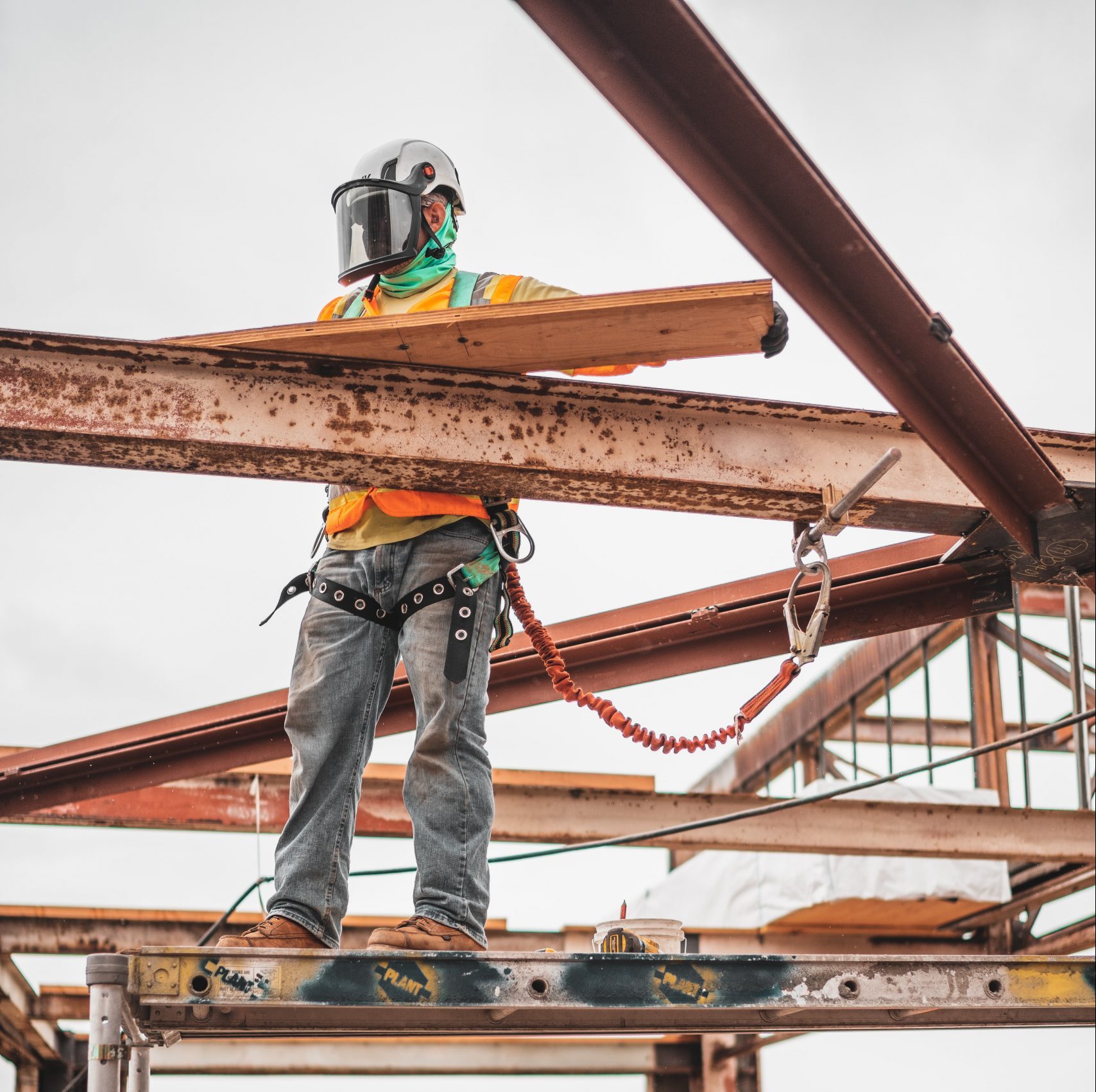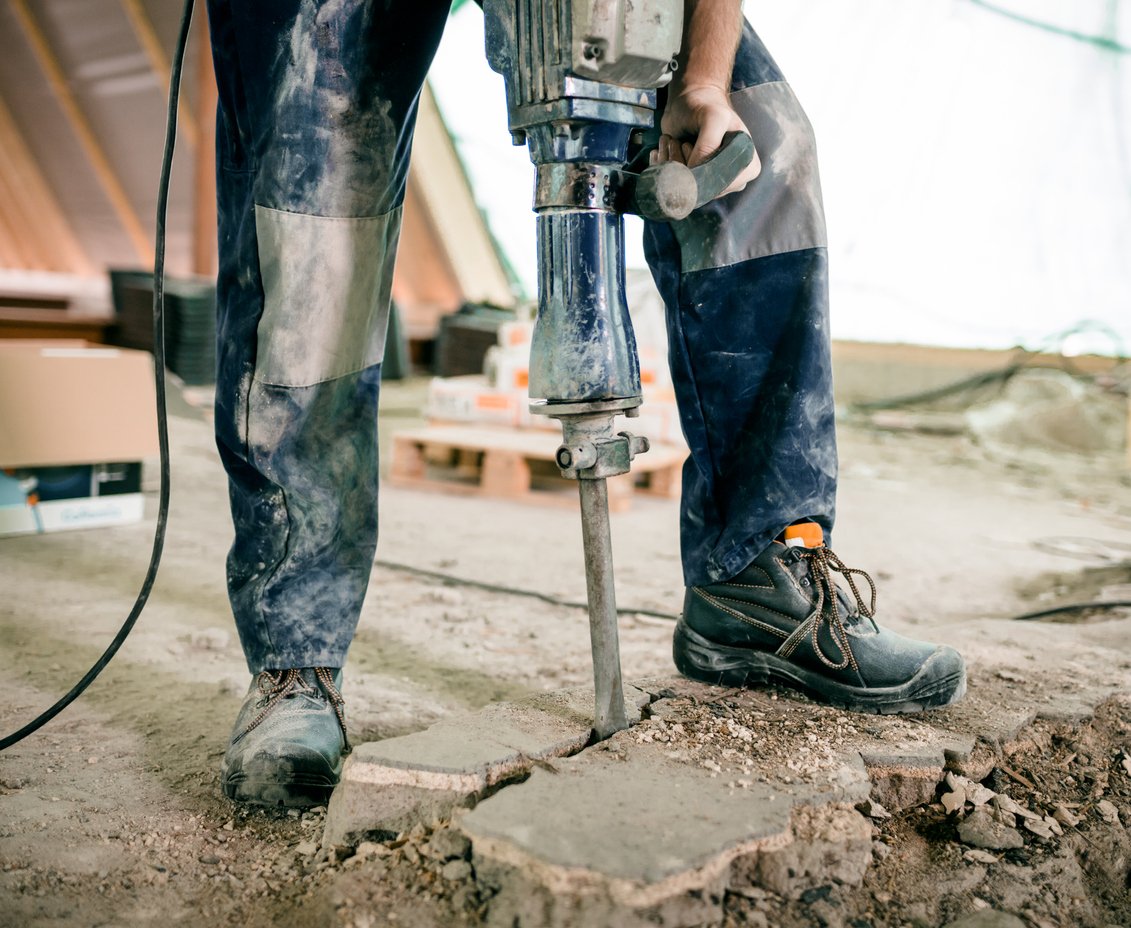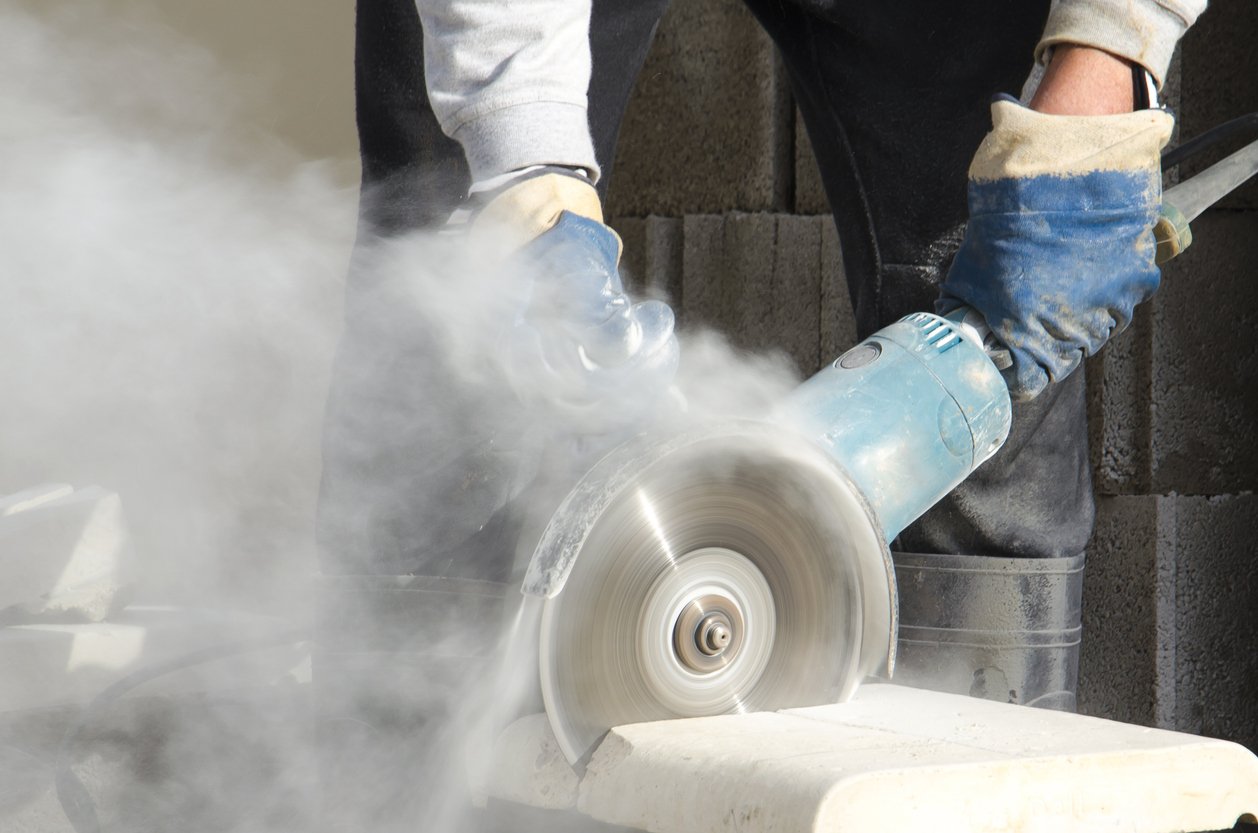
The construction industry plays a vital role in our society, but it’s no secret that construction sites are home to a fair few potential dangers. There are Health & Safety risks in any industry that you find yourself working in, however, when it comes to the construction industry hazards and risks can come with greater consequences and need to be carefully considered. There are many reasons as to why this is the case, from the environments you face on a daily basis to the equipment and manual handling that comes with being on a site.
In this article, we’ll cover the most common Health & Safety risks that are observed across all construction sites. Top make is easier to digest, we will be looking at the top ten Health & Safety risks in construction. With this information, we can start to understand how we can mitigate these risks and potentially prevent them entirely!
Let’s take a look at what the most common Health & Safety-related dangers are in the construction sector. In short, the top ten Health & Safety risks that are seen in the construction industry are:
Now that we have an idea of what these risks are, let’s take a deeper dive into each and discuss some ideas on how we could potentially mitigate these risks.
By far the most common and dangerous risk when working in construction is falling from heights with about 40 fatalities per year. Construction workers are often required to work from a height, in the form of working on scaffoldings, construction on rooftops or even just climbing up and down ladders. Risks are increased dramatically when mobility is restricted by potential space limitations or the correct training isn’t in place.
It’s important for site managers to make sure anyone required to work from height has the correct training and are equipped with the correct personal protective equipment, such as a hardhat, harnesses, making sure that guardrails are being used and even implementing safety nets on site when needed.
The second most common area for construction-related injuries is slipping or tripping. Working outside in poor weather can easily lead to slipping. A good way to combat this would be having the correct footwear, such as work boots with slip-resistant soles or good tread patterns that also provide a strong ankle support. If possible temporary flooring in bad areas is highly recommended. This could be in the form of rubber matting, plywood sheets or trackway mats.
Tripping is also a big risk if tools, machinery and materials are left lying around they not only are a trip hazard but can increase the severity of anyone who does fall and land on them. A simple solution to this hazard is to have good housekeeping! Ensuring all site workers are trained on how to safely store tools and equipment after using them is paramount. Ensuring that your site has a good layout would be a good idea too. This means having clear, designated walkways, good lighting around the site and even surfaces where possible.
As a project develops sites can become chaotic with materials and vehicles passing through. This becomes an even greater risk if you are working on a larger site with hundreds of people all doing individual jobs. It is important to always be alert and know what is happening around you.
Having clear routes for both vehicles and people to use can help reduce risks by making it clear where vehicles and pedestrians should be. This means that a forklift is not going to come out of nowhere and injure workers on site.
You could also introduce well-marked areas for lifting. This will make it clear for everyone to be on high alert for swinging or moving objects that are being lifted. It also makes you aware that there could be objects overhead that you should be aware of.

Another common cause of injury in construction is manual handling. Improperly lifting heavy materials can lead to both short- and long-term injuries, impacting not only your health but also your ability to stay on the job. Avoiding risks for manual handling-related injuries can be easily avoided by using the correct lifting technique and asking for help when a load is particularly heavy.
One risk that’s often overlooked but can have serious long-term consequences is exposure to loud noise. Without proper protection, prolonged noise exposure can result in hearing loss or even complete deafness. Implementing strategies to reduce noise on construction sites, is essential for safeguarding workers’ hearing health. Smas Worksafe are partnered with Workscreen UK which offers our members an online hearing test so you can get checked.
Next on our list of the top 10 Health & Safety risks in construction is exposure to vibrations when operating machinery. Prolonged use of power tools and ground working equipment can lead to ‘Hand Arm Vibration Syndrome’, or ‘Blue-finger’ as it is commonly referred to. However, it can be prevented with effective risk assessments and the use of the correct PPE.

As small as it may appear, another common Health & Safety risk when working on site is the dust produced during tasks such as drilling and sawing. These tasks produce fine particles of dust that are small enough to be inhaled by workers. This can cause conditions like asthma or allergic reactions. This is why it is important to ensure that you are wearing appropriate face protection, such as FFP masks, when drilling or cutting any materials.
Another respiratory risk would be using chemical products that are required to complete a certain task, such as mixing cement, painting and some wood treatments. Wearing the correct PPE, again being face masks, will greatly reduce the risk of inhaling chemicals which could cause long-term illnesses such as pulmonary issues, silicosis and asthma.
Following on from respiratory diseases is asbestos. Asbestos is a naturally occurring fibrous mineral that was once widely used in construction due to its strength and fire resistance, but it’s now known to cause serious health problems when its fibers are inhaled. Over half a million homes in the UK still have asbestos despite the substance being banned in housing in 1999. Removing asbestos can be extremely harmful and damaging if not done correctly and it is therefore imperative that anyone dealing with it has suitable training.
Make sure you prepare the workspace before tackling asbestos removal. This will include identifying where the asbestos is, isolating the work area and making sure all on site are wearing full face respirators, gloves and overalls.
Smas Worksafe are partners with UKATA who offer a range of asbestos training courses depending on what level of training you require.
Electrocution can occur when a person on site comes in contact with any electrical source and causes an electrical charge to flow through their body. Electrocutions were responsible for 5% of all construction-related deaths in 2019 with many of those due to the worker not holding the correct level of training required to carry out the work.
Common ways that workers on site get electrocuted can be coming in contact with overhead power lines, working with damaged tools or equipment, coming in contact with underground wires or even working in wet conditions. Making sure that you are aware of all electrical cables above and below you can help prevent electrocution. Providing workers with insulating gloves, insulation footwear and face shields is also vital for mitigating electrocution.
Collapsing environments such as trenches or scaffolding can leave workers seriously injured and in some rare cases may cause fatality, although they are few and far between with about 14% of all fatal construction injuries falling under this category.
More often than not, the risk for collapsing environments is caused by unstable ground conditions, bad weather conditions or even just human error or negligence. Ensuring that risk assessments are complete will help minimize the chances of a collapsing environment.
Here are some ideas that you can make use of to help reduce the chances of any of the above mentioned risks from happening:

Construction is a vital industry, but it comes with inherent risks. By understanding these Health & Safety risks in construction, and taking proactive measures to mitigate them, we can create a safer and healthier work environment for everyone. Remember, safety is not just a compliance issue; it’s an investment in your most valuable asset – your workforce.
Now that you’re equipped with this knowledge, it’s time to put it into action! Contact our team of experts for tailored advice and support on implementing effective Health & Safety practices on your construction sites. Let’s work together to build a safer future for the construction industry!
Our courses can be done online, at your own pace, and they’re delivered by a CITB-qualified instructor.
We also offer SSIP packages for contractors and businesses, offering you quick and easy certification. You’ll be able to demonstrate your Health & Safety commitments to clients and customers and also benefit from access to our team of in-house experts.
If you want to request a quote about any of our services, then why not give us a call at 01752 280183? Our team will be happy to offer any advice and further information on your purchase.